Imagine taking a bite into a crisp, juicy red sweet apple – the perfect balance of sweetness and tartness that awakens your taste buds and leaves you craving for more. Red sweet apples are not just a fruit; they are a symbol of freshness, health, and delight. From their vibrant red color to their mouth-watering flavor, red sweet apples have been cherished for centuries and continue to be a popular choice among fruit lovers worldwide. **The Origin and Varieties of Red Sweet Apples** Red sweet apples belong to the Malus domestica species and are believed to have originated in the Caucasus region of Central Asia. Over the years, they have been cultivated in various parts of the world, leading to the development of numerous varieties that cater to different tastes and preferences. One of the most well-known varieties of red sweet apples is the Fuji apple, which is characterized by its red skin, crunchy texture, and sweet flavor. Another popular variety is the Red Delicious apple, known for its distinct heart shape, deep red color, and mild sweetness. Other varieties like Gala, Honeycrisp, and Pink Lady also offer a unique blend of sweetness and crispness that makes them a favorite among consumers. **Nutritional Benefits of Red Sweet Apples** Beyond their delectable taste, red sweet apples are a nutritional powerhouse packed with essential vitamins, minerals, and antioxidants.
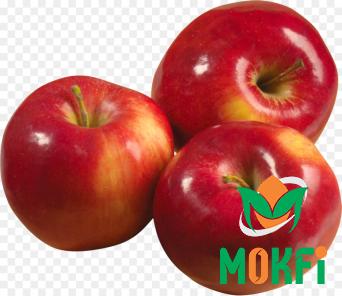
.
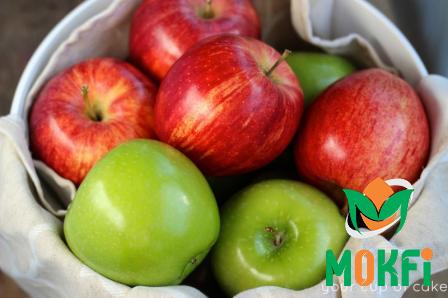 These nutritious fruits are low in calories but high in fiber, making them an excellent choice for those looking to maintain a healthy diet. Red sweet apples are a rich source of vitamin C, which boosts the immune system and promotes healthy skin. They also contain significant amounts of vitamin A, potassium, and various phytonutrients that contribute to overall well-being. Incorporating red sweet apples into your diet can help reduce the risk of chronic diseases, improve digestion, and support weight management. **The Culinary Versatility of Red Sweet Apples** Red sweet apples are incredibly versatile in the kitchen and can be used in a wide range of culinary creations. Whether you prefer them raw, baked, or cooked, red sweet apples add a delightful sweetness and texture to both sweet and savory dishes. For a simple and healthy snack, slice a red sweet apple and enjoy it with nut butter or cheese. You can also add diced red sweet apples to salads for a burst of flavor and crunch. In baking, red sweet apples shine in pies, tarts, muffins, and crisps, creating a luscious sweetness that pairs well with cinnamon, nutmeg, and caramel flavors. **Tips for Selecting and Storing Red Sweet Apples** When selecting red sweet apples, look for ones that are firm, fragrant, and free from bruises or blemishes. The color of the skin may vary depending on the variety, but it should be vibrant and uniform without any dullness. To maximize the shelf life of red sweet apples, store them in the refrigerator crisper drawer or in a cool, dark place away from direct sunlight. Keep them separate from other fruits and vegetables to prevent them from ripening too quickly. **Fun Facts About Red Sweet Apples** – In ancient Greek mythology, red sweet apples were associated with love and fertility, symbolizing beauty and desire. – The largest apple ever picked weighed over five pounds and was grown in Japan. – Apple trees can live for over 100 years and continue to bear fruit throughout their lifespan.
These nutritious fruits are low in calories but high in fiber, making them an excellent choice for those looking to maintain a healthy diet. Red sweet apples are a rich source of vitamin C, which boosts the immune system and promotes healthy skin. They also contain significant amounts of vitamin A, potassium, and various phytonutrients that contribute to overall well-being. Incorporating red sweet apples into your diet can help reduce the risk of chronic diseases, improve digestion, and support weight management. **The Culinary Versatility of Red Sweet Apples** Red sweet apples are incredibly versatile in the kitchen and can be used in a wide range of culinary creations. Whether you prefer them raw, baked, or cooked, red sweet apples add a delightful sweetness and texture to both sweet and savory dishes. For a simple and healthy snack, slice a red sweet apple and enjoy it with nut butter or cheese. You can also add diced red sweet apples to salads for a burst of flavor and crunch. In baking, red sweet apples shine in pies, tarts, muffins, and crisps, creating a luscious sweetness that pairs well with cinnamon, nutmeg, and caramel flavors. **Tips for Selecting and Storing Red Sweet Apples** When selecting red sweet apples, look for ones that are firm, fragrant, and free from bruises or blemishes. The color of the skin may vary depending on the variety, but it should be vibrant and uniform without any dullness. To maximize the shelf life of red sweet apples, store them in the refrigerator crisper drawer or in a cool, dark place away from direct sunlight. Keep them separate from other fruits and vegetables to prevent them from ripening too quickly. **Fun Facts About Red Sweet Apples** – In ancient Greek mythology, red sweet apples were associated with love and fertility, symbolizing beauty and desire. – The largest apple ever picked weighed over five pounds and was grown in Japan. – Apple trees can live for over 100 years and continue to bear fruit throughout their lifespan.
..
 **In Conclusion** Red sweet apples are a delightful fruit that appeals to the senses and offers a plethora of health benefits. From their crisp texture to their sweet flavor, red sweet apples are a versatile ingredient that can be enjoyed in numerous ways. Whether you snack on them raw, incorporate them into recipes, or savor them in baked goods, red sweet apples are sure to satisfy your cravings and provide a burst of freshness in every bite. So next time you’re at the grocery store, don’t forget to pick up a few vibrant red sweet apples and treat yourself to a truly delicious experience. **Red Sweet Apples: A Delightful Fruit for Your Taste Buds** Red sweet apples are not just a fruit; they are a symbol of freshness, health, and delight. From their vibrant red color to their mouth-watering flavor, red sweet apples have been cherished for centuries and continue to be a popular choice among fruit lovers worldwide. **The Origin and Varieties of Red Sweet Apples** Red sweet apples belong to the Malus domestica species and are believed to have originated in the Caucasus region of Central Asia. Over the years, they have been cultivated in various parts of the world, leading to the development of numerous varieties that cater to different tastes and preferences. One of the most well-known varieties of red sweet apples is the Fuji apple, which is characterized by its red skin, crunchy texture, and sweet flavor. Another popular variety is the Red Delicious apple, known for its distinct heart shape, deep red color, and mild sweetness. Other varieties like Gala, Honeycrisp, and Pink Lady also offer a unique blend of sweetness and crispness that makes them a favorite among consumers. **Nutritional Benefits of Red Sweet Apples** Beyond their delectable taste, red sweet apples are a nutritional powerhouse packed with essential vitamins, minerals, and antioxidants. These nutritious fruits are low in calories but high in fiber, making them an excellent choice for those looking to maintain a healthy diet. Red sweet apples are a rich source of vitamin C, which boosts the immune system and promotes healthy skin. They also contain significant amounts of vitamin A, potassium, and various phytonutrients that contribute to overall well-being. Incorporating red sweet apples into your diet can help reduce the risk of chronic diseases, improve digestion, and support weight management.
**In Conclusion** Red sweet apples are a delightful fruit that appeals to the senses and offers a plethora of health benefits. From their crisp texture to their sweet flavor, red sweet apples are a versatile ingredient that can be enjoyed in numerous ways. Whether you snack on them raw, incorporate them into recipes, or savor them in baked goods, red sweet apples are sure to satisfy your cravings and provide a burst of freshness in every bite. So next time you’re at the grocery store, don’t forget to pick up a few vibrant red sweet apples and treat yourself to a truly delicious experience. **Red Sweet Apples: A Delightful Fruit for Your Taste Buds** Red sweet apples are not just a fruit; they are a symbol of freshness, health, and delight. From their vibrant red color to their mouth-watering flavor, red sweet apples have been cherished for centuries and continue to be a popular choice among fruit lovers worldwide. **The Origin and Varieties of Red Sweet Apples** Red sweet apples belong to the Malus domestica species and are believed to have originated in the Caucasus region of Central Asia. Over the years, they have been cultivated in various parts of the world, leading to the development of numerous varieties that cater to different tastes and preferences. One of the most well-known varieties of red sweet apples is the Fuji apple, which is characterized by its red skin, crunchy texture, and sweet flavor. Another popular variety is the Red Delicious apple, known for its distinct heart shape, deep red color, and mild sweetness. Other varieties like Gala, Honeycrisp, and Pink Lady also offer a unique blend of sweetness and crispness that makes them a favorite among consumers. **Nutritional Benefits of Red Sweet Apples** Beyond their delectable taste, red sweet apples are a nutritional powerhouse packed with essential vitamins, minerals, and antioxidants. These nutritious fruits are low in calories but high in fiber, making them an excellent choice for those looking to maintain a healthy diet. Red sweet apples are a rich source of vitamin C, which boosts the immune system and promotes healthy skin. They also contain significant amounts of vitamin A, potassium, and various phytonutrients that contribute to overall well-being. Incorporating red sweet apples into your diet can help reduce the risk of chronic diseases, improve digestion, and support weight management.
…
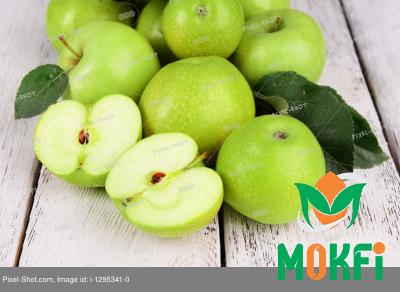 **The Culinary Versatility of Red Sweet Apples** Red sweet apples are incredibly versatile in the kitchen and can be used in a wide range of culinary creations. Whether you prefer them raw, baked, or cooked, red sweet apples add a delightful sweetness and texture to both sweet and savory dishes. For a simple and healthy snack, slice a red sweet apple and enjoy it with nut butter or cheese. You can also add diced red sweet apples to salads for a burst of flavor and crunch. In baking, red sweet apples shine in pies, tarts, muffins, and crisps, creating a luscious sweetness that pairs well with cinnamon, nutmeg, and caramel flavors. Red sweet apples are not just a delicious treat; they are also a versatile ingredient that can elevate your culinary creations to new heights. Whether you’re a seasoned chef or a home cook looking to impress, red sweet apples offer endless possibilities for creativity and flavor exploration. **Tips for Selecting and Storing Red Sweet Apples** When selecting red sweet apples, look for ones that are firm, fragrant, and free from bruises or blemishes. The color of the skin may vary depending on the variety, but it should be vibrant and uniform without any dullness. To maximize the shelf life of red sweet apples, store them in the refrigerator crisper drawer or in a cool, dark place away from direct sunlight. Keep them separate from other fruits and vegetables to prevent them from ripening too quickly. **Fun Facts About Red Sweet Apples** – In ancient Greek mythology, red sweet apples were associated with love and fertility, symbolizing beauty and desire. – The largest apple ever picked weighed over five pounds and was grown in Japan. – Apple trees can live for over 100 years and continue to bear fruit throughout their lifespan. **In Conclusion** Red sweet apples are a delightful fruit that appeals to the senses and offers a plethora of health benefits. From their crisp texture to their sweet flavor, red sweet apples are a versatile ingredient that can be enjoyed in numerous ways. Whether you snack on them raw, incorporate them into recipes, or savor them in baked goods, red sweet apples are sure to satisfy your cravings and provide a burst of freshness in every bite. So next time you’re at the grocery store, don’t forget to pick up a few vibrant red sweet apples and treat yourself to a truly delicious experience.
**The Culinary Versatility of Red Sweet Apples** Red sweet apples are incredibly versatile in the kitchen and can be used in a wide range of culinary creations. Whether you prefer them raw, baked, or cooked, red sweet apples add a delightful sweetness and texture to both sweet and savory dishes. For a simple and healthy snack, slice a red sweet apple and enjoy it with nut butter or cheese. You can also add diced red sweet apples to salads for a burst of flavor and crunch. In baking, red sweet apples shine in pies, tarts, muffins, and crisps, creating a luscious sweetness that pairs well with cinnamon, nutmeg, and caramel flavors. Red sweet apples are not just a delicious treat; they are also a versatile ingredient that can elevate your culinary creations to new heights. Whether you’re a seasoned chef or a home cook looking to impress, red sweet apples offer endless possibilities for creativity and flavor exploration. **Tips for Selecting and Storing Red Sweet Apples** When selecting red sweet apples, look for ones that are firm, fragrant, and free from bruises or blemishes. The color of the skin may vary depending on the variety, but it should be vibrant and uniform without any dullness. To maximize the shelf life of red sweet apples, store them in the refrigerator crisper drawer or in a cool, dark place away from direct sunlight. Keep them separate from other fruits and vegetables to prevent them from ripening too quickly. **Fun Facts About Red Sweet Apples** – In ancient Greek mythology, red sweet apples were associated with love and fertility, symbolizing beauty and desire. – The largest apple ever picked weighed over five pounds and was grown in Japan. – Apple trees can live for over 100 years and continue to bear fruit throughout their lifespan. **In Conclusion** Red sweet apples are a delightful fruit that appeals to the senses and offers a plethora of health benefits. From their crisp texture to their sweet flavor, red sweet apples are a versatile ingredient that can be enjoyed in numerous ways. Whether you snack on them raw, incorporate them into recipes, or savor them in baked goods, red sweet apples are sure to satisfy your cravings and provide a burst of freshness in every bite. So next time you’re at the grocery store, don’t forget to pick up a few vibrant red sweet apples and treat yourself to a truly delicious experience.
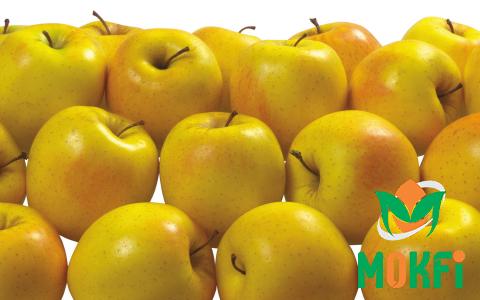
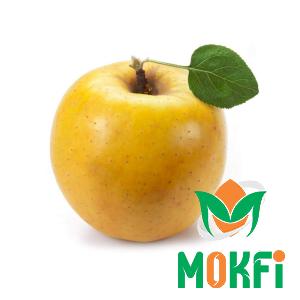
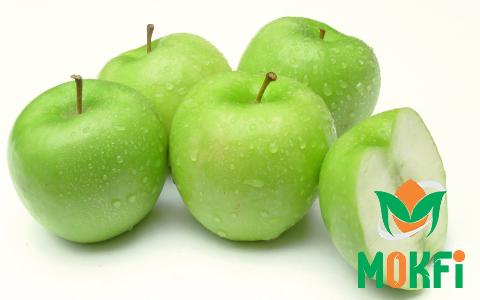
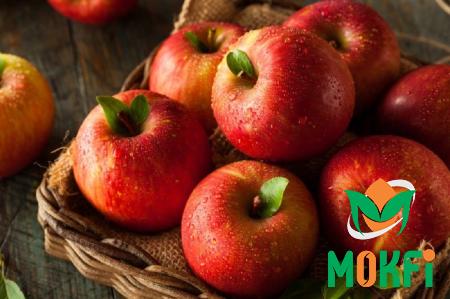
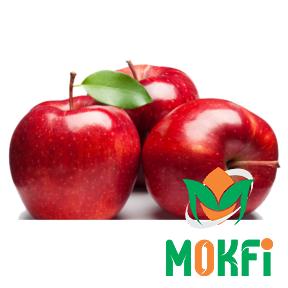
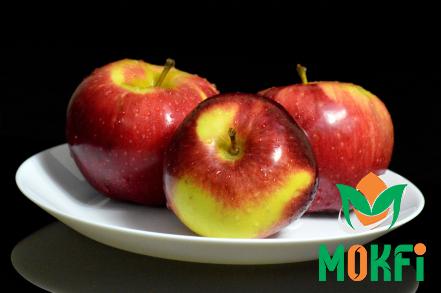
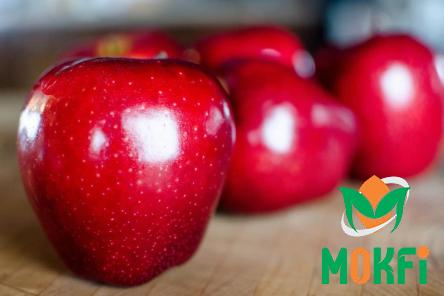
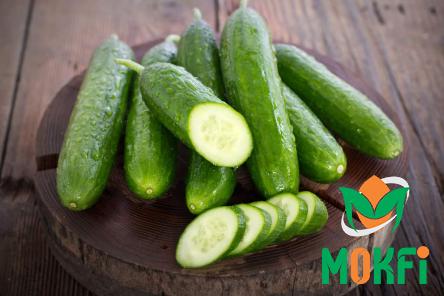

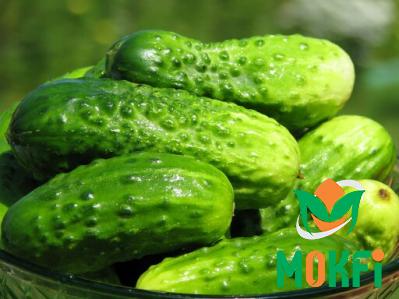
Your comment submitted.